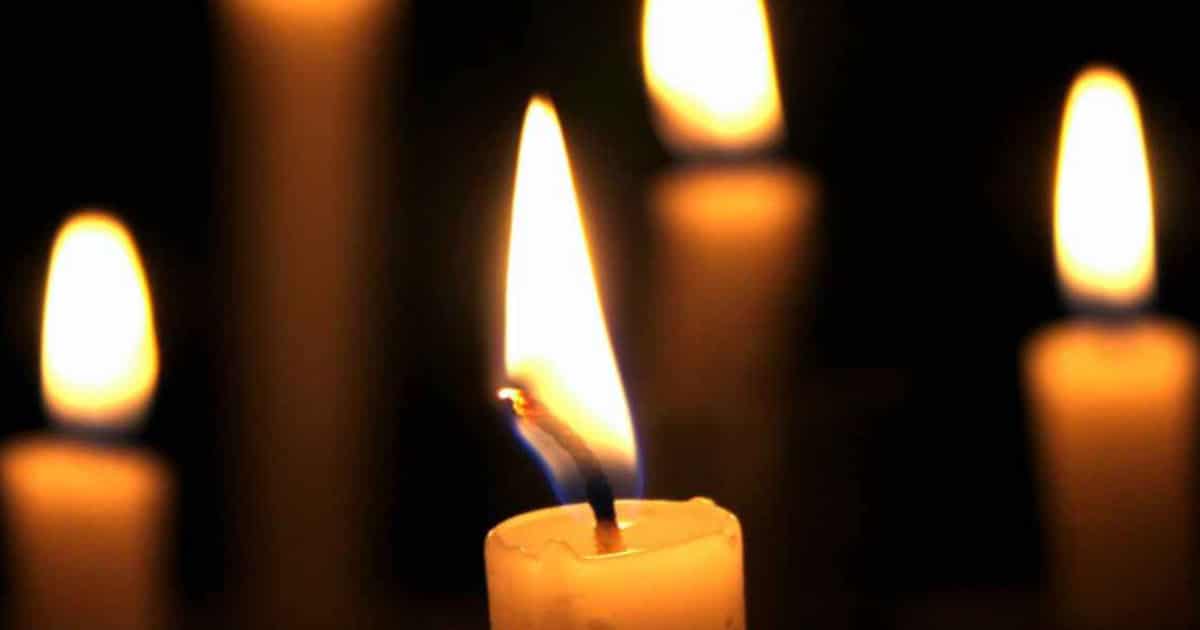In advance of the annual Sisters in Spirit Vigils, which take place across Canada on Sunday, Oct. 4 to raise awareness of missing and murdered Indigenous women and girls, the Anglican Church of Canada has provided a resource offering guidelines for prayers and ceremony.
Available free online, the resource includes suggested guidelines on creating Sacred Spaces, the lighting of candles to remember those missing and murdered, storytelling, and making commitments for change. It also provides a list of recommended hymns and songs, prayers, and Scripture readings for reflection.
An additional section offers liturgical options and resources for services of the Word or celebrations of the Holy Eucharist, suitable in the contexts of prayer for missing and murdered Indigenous women and girls.
The resource is the result of a collaborative effort between leaders of Indigenous Ministries, Public Witness for Social and Ecological Justice (PWSEJ), and Faith, Worship, and Ministry, and is designed for use by anyone who wishes to hold a vigil.
PWSEJ Director Henriette Thompson noted that this includes both “Indigenous and non-Indigenous people—everybody feeling a call to commemorate missing and murdered Indigenous women and girls … so that we can respectfully and diligently work together to ensure that no more women and girls go missing and are killed.”
“We hope that the resource will be inspirational enough for parishes to use during Sunday service, because Oct. 4 falls on a Sunday this year,” she added.
Between 1980 and 2012, the RCMP reported 1,181 cases of missing or murdered Indigenous women and girls—a figure that includes 1,017 homicides and 164 individuals classified as missing in suspicious circumstances.
In its final report, the Truth and Reconciliation Commission of Canada recommended an investigation into missing and murdered Indigenous women and girls as one of its 94 Calls to Action.
Indigenous Ministries Coordinator Ginny Doctor sees the role of the church as one of advocacy and bringing comfort to those who have lost loved ones.
“There are so many that don’t know [about the issue]… I think we have to make a statement and have to at least advocate for investigation,” she said.
While the vigil resource is primarily focused on Indigenous prayer and ceremony, Doctor stressed that those using it should feel free to adapt it to their local communities, using whatever resources they have or practices they prefer.
“If it’s appropriate, you could use a drum,” she said. “If it’s appropriate, you could smudge … Smudging is used to cleanse, to purify, and also for protection and to bring people together to have a good mind as they approach the vigil.”
Download the resource for vigils in PDF format.
Interested in keeping up-to-date on news, opinion, events and resources from the Anglican Church of Canada? Sign up for our email alerts .

